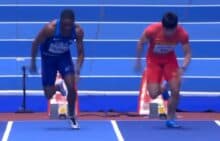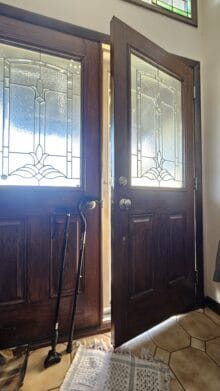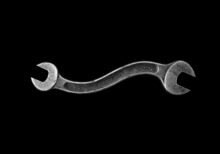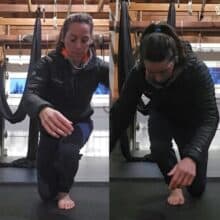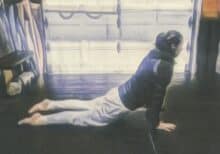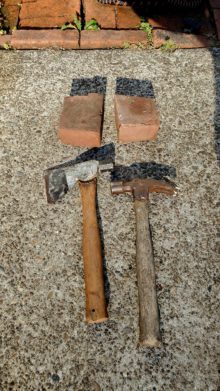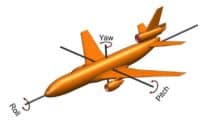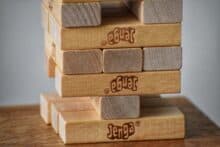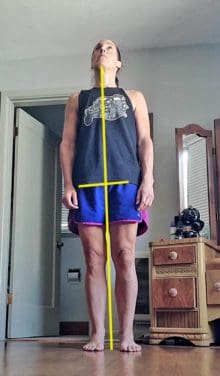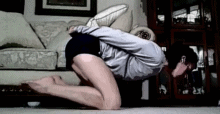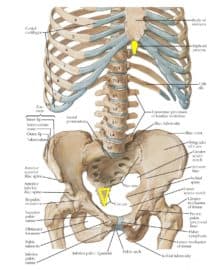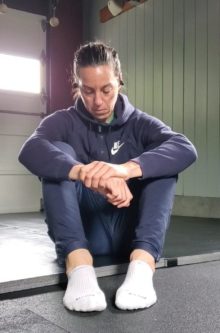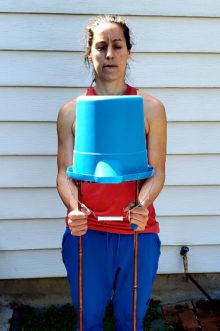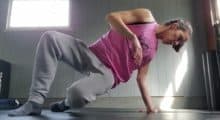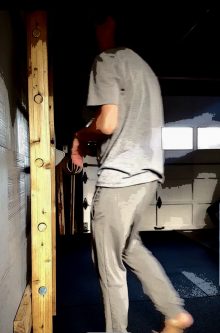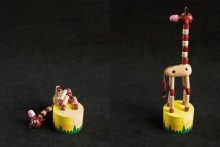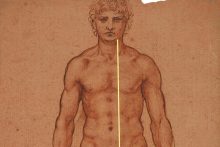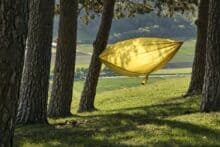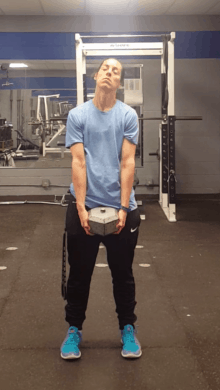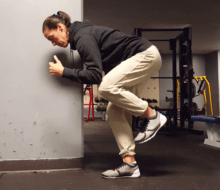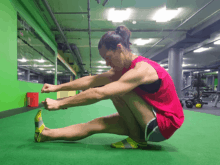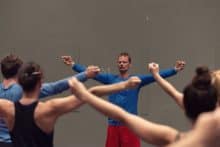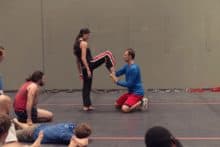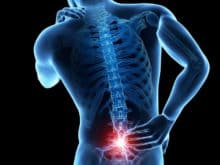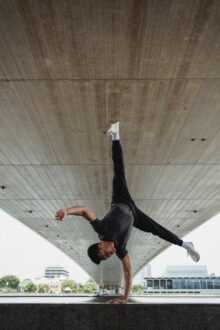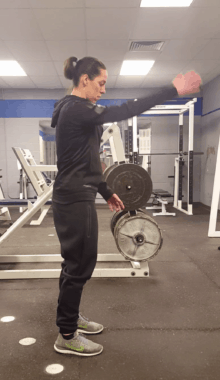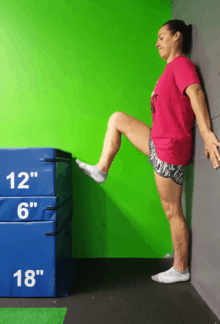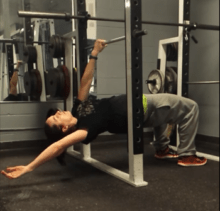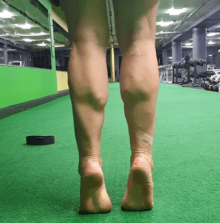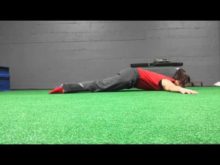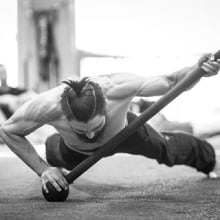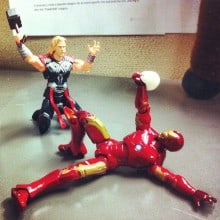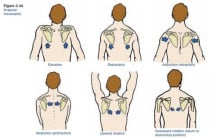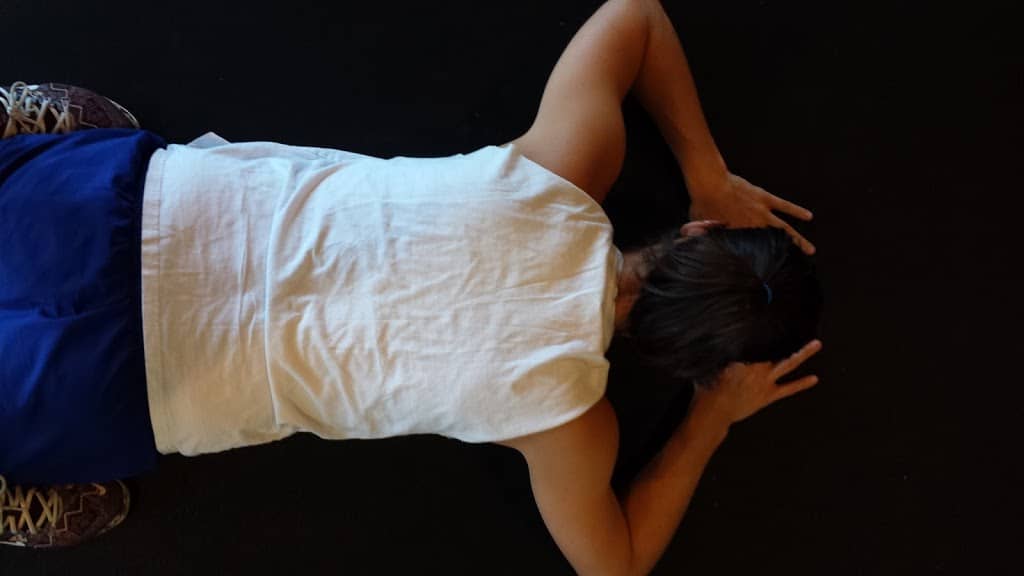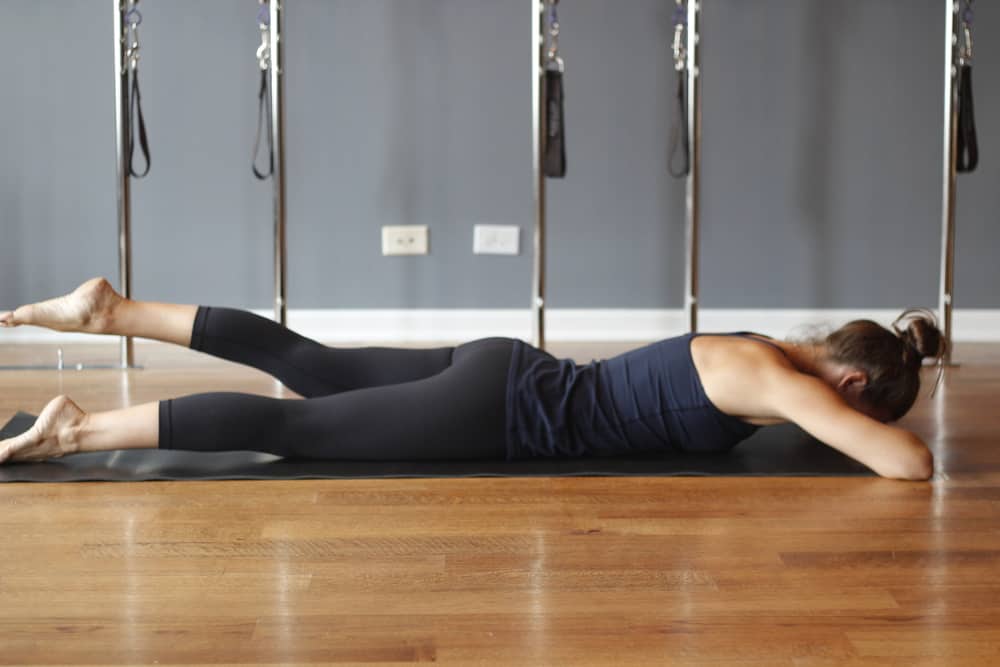Part 1 of this series explained how knee should not be used as a load-bearing joint. Part 2 showed how pressuring the knee can help build safety, alignment, and desired force at the desired time. This third and final segment… Read more ›
There are three hinges on the feature photo door. It’s a strong front door, solid and meant to take some battering. The cheaper, lighter, all-have-problems-closing-and-opening doors inside the house have only two hinges. Weight-load divided by two, or weight-load divided… Read more ›
Torsion. We all have it: a particular line of twist running through our carriage, gripping us in a certain way and keeping us upright. Each fold and joint tells its story, whether you realize it or not. It’s how we… Read more ›
This feature photo shows an unstaged photo of the top drawer of my filing cabinet in my locker room office. Note the bounty of certain items (that aren’t snacks). Shorts, pads, some extra underwear — all tell tale signs… Read more ›
Part One looks at identifying each leg and how each prioritizes a different foot arch. Directional Bias: Perpendicular vs. Parallel. Up leg works the foward and back (parallel to ground). Down leg works the up and down (perpendicular… Read more ›
When planning a lesson that is skills based, you must account for multiple points of entry. In public education, everybody and every body must be able to find some success. You also must be able to do what you are… Read more ›
While walking through the streets of Europe last Spring, Adarian Barr wondered why his feet felt so good. He traced it back to the cobblestones. The lift, the variability, the multiple points of potential folding. This was the impetus behind… Read more ›
When new words are introduced, we tend to react as if they make things more complicated. We already know. We already have an understanding on what the terms we already use mean. Why would we change? We change when we are… Read more ›
This post serves as a follow up to: A Path Towards Harm. Otherwise titled: The things I did wrong when I didn’t pay attention or have compassionate patience. The tag to this blog used to read, “fix yourself.” But… Read more ›
Some context. I have been learning to be sensitive to signals of and mitigate pain for about a decade now. My training revolves around feeling things out, noticing any off-ness, spending some time and attention there, and finishing the session… Read more ›
This post serves as a companion piece to A Non-Central Axis. Where it showed you ways to identify a shifted midline, the following hopes to show how pulling to the right or left affects performance. The first thing to… Read more ›
The two bowls of the torso work in relation to one another. The ribs act as an upside down bucket and psoas sticks. The pelvis acts as as a rotary basin with hip handles. Should they be able to freely… Read more ›
A year ago, I published ‘Dead Ribs‘, documenting the neglect of my ribcage in favor of my pelvis. Other than examining lateral movement, the breakthrough there was that to open the ribs I could lengthen through the front rather than… Read more ›
Paying attention brings awareness that paves the way for learning. While the task of directing attention typically goes to teachers, the chore of controlling attention falls on the student. We are bored by things that don’t seem to apply to… Read more ›
A quick conceptual piece from the mind of Nicole Uno. Like many sensational metaphors she offers me, I cannot quite make sense of things until I feel it’s application and usefulness. Instead of trying to force the issue, I typically… Read more ›
If something is stable, it can accept more than itself. Adding load then, signifies a sureness of support — a confidence in the structure of self. Though often treated as static, the load, structure, and interactive adaption to stress is… Read more ›
For the better part of a year, Nicole Uno has been offering me her insights on movement. There have been a few big picture concepts that have completely shifted my perspective (I’ll re-link these at the end), but perhaps the… Read more ›
With every joint that flexes (and extends), there is an element of rotation attached. Three hundred and sixty moveable joints times multiple degrees of orientation at each makes for an almost unfathomable number of alignment options. Much moreso than correct… Read more ›
This is another concept coming from the astute observations of Nicole Uno. The medical, fitness, and wellness worlds are fixated on correcting imbalances. Amidst all the readily available treatment plans, too few remain curious about why so many asymmetries… Read more ›
Slings. I’ve heard them referred to often, but never quite knew what they were or why they were important. I understood that they were anatomically determined lines within the body, but in a structure that is fully connected, it didn’t… Read more ›
Movement expression is dependent on on our tadpole-like head and spine to drive and disperse motion. Any sticking points have a reverberatory effect on the actions of the limbs. After a decade of undoing the rigidity trained through athletics and… Read more ›
Balance is a movement intelligence. It relies on systemic interdependence — that your parts work well enough and that the body can efficiently execute interpretations from the brain. Creating feet that grip and then utilizing them in skill-based, eyes closed situations bridges… Read more ›
Joint ‘popping’ is a curious thing. It alarms without hurting. Especially when you realize it wasn’t there before. You notice something is different when you do that particular thing in that particular way. The different becomes ‘less than’ when… Read more ›
Engaging with your work demands a certain degree of ownership. There must be a benefit to the challenge presented, beyond just a hard-to-apply confidence. A task can serve as a test of will, a test of adaptability, and/or a test… Read more ›
Doing without knowing. Playing, creating, learning. Adjusting and adapting. Describing Fighting Monkey is an act in organizing verbs. Everything overlaps and intertwines and is a wonder. The only certainty you are left with is that you have experienced something good… Read more ›
Issues with joints or body parts can almost always be traced back to usage. When faced with a familiar task in a familiar environment, our habitual patterns of movement follow a particular chain of command. We clutch and are clutched… Read more ›
“I’m going to explore the depths of the ocean.” “You’re gonna what?” “I’m going to get into this magical pressure suit, close myself off to the known world, and look for cool stuff.” “Why would you want to do… Read more ›
Movement overlaps. Brain work = joint work = speed, power, strength, and coordination work. We have structures and we have capacities. Our practice establishes the abilities of both. There is a general consensus that if your parts work better you’ll… Read more ›
Body control is all the rage. A popular want is increasing active range of motion. People want to get there so they can do stuff there. Functional Range Conditioning uses slow, controlled movement to examine individual joints, build capacity in… Read more ›
We tend to move in ingrained patterns, within the same degrees and utilizing the same amount of space. Thinking bigger about what a joint is capable of doing allows us to use it in ways we don’t, which often aligns… Read more ›
Sliding is one of the most fun ways to get from here to there. True to form, it’s also a sneaky little way to grasp an underlying understanding of movement. F=ma (force equals mass times acceleration) is explained in… Read more ›
Ah, gravity. The beautiful constant. 9.8 meters per second (squared) you can rely on again and again to hold you down. Many times we see it as our enemy, a hindrance to our speed and power. But in the world… Read more ›
The tip toes position is an assessment of toes, feet, and ankle control. Balance comes from joint stacking. The push off when we walk comes from a high heel. A toe point or push is required with reaching. Loaded plantar… Read more ›
For any of you who have followed this blog for a while, the pelvis has been a long-standing fixation of mine. It has routinely been the deciding factor in moving better and getting out of pain (particularly low back pain). Boldy put, if… Read more ›
featured photo credit: @movnat instagram (Carlos Condit) The ground is a safe, secure place. It is not something to be avoided or stepped lightly onto. It can easily absorb our falls and placements and pressures. If we become afraid… Read more ›
Getting off and onto the ground is a skill that isn’t practiced by the larger population. We have chairs and beds that are soft and inviting. Babies spend most of their time on the floor, and they seem to have… Read more ›
The shoulder blades are an enigma to the joint-by-joint theory. They act as a mobile-stabilizer to everything connected to the thoracic cavity. The only comparable area is the pelvis, which connects the hips to the lower canister of the torso.… Read more ›
At then end of Prone Positioning Part 1, we kept the torso still while we moved our arms. Crawls are initiated when we move our feet.To begin, we start with the set up. It’s similar to the sphinx in that the… Read more ›
If your low back hurts while you’re lying on your stomach, it’s likely because you’re stuck in anterior pelvic tilt and your lumbar lumbar spine is folding over onto itself. photo credit: mindbodywellness.org See that excessive dip in the low… Read more ›
The half-kneel is a position built for practicing stability. Sometimes called a 90/90 (because both the front and the hind legs should be be creating perfect, half-square angles), it is meant to take the stiff, overly eager hips out of… Read more ›
Pushups are meant to be a ‘moving plank’. They are just as much a core and scapular control exercise as a chest builder. They are hard to do correctly. They’re supposed to be. Hand Positioning Thumbs to armpits. Fingers forward.… Read more ›




